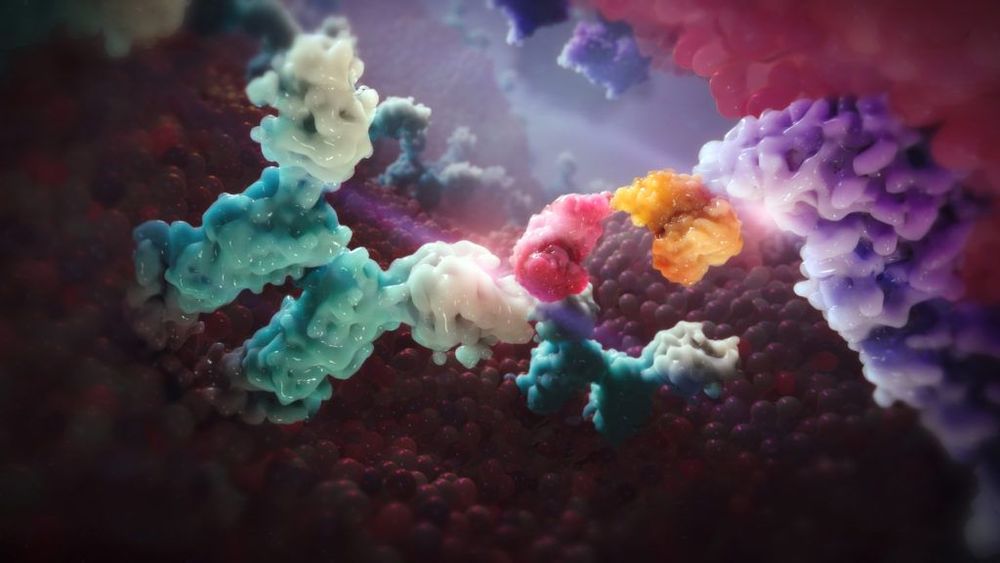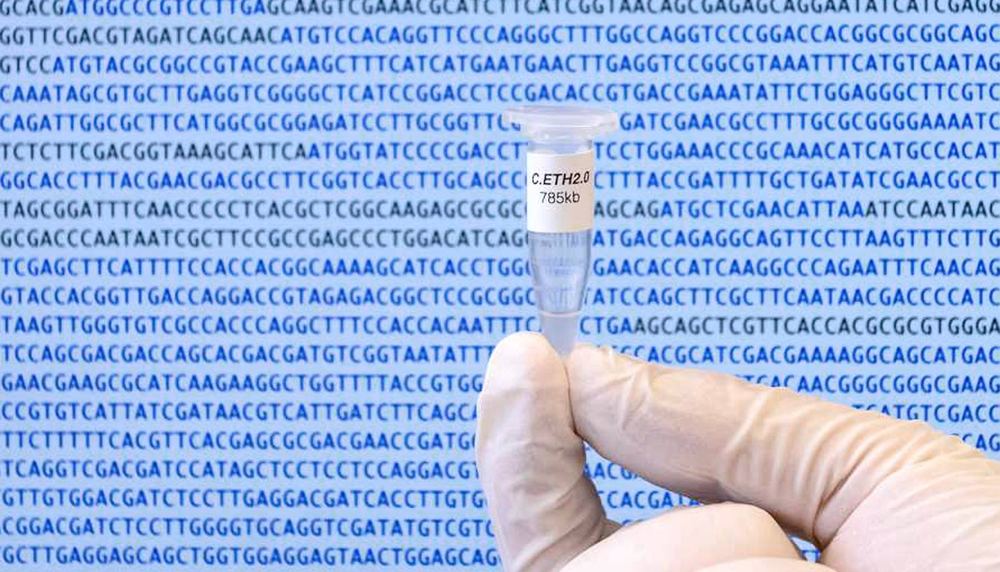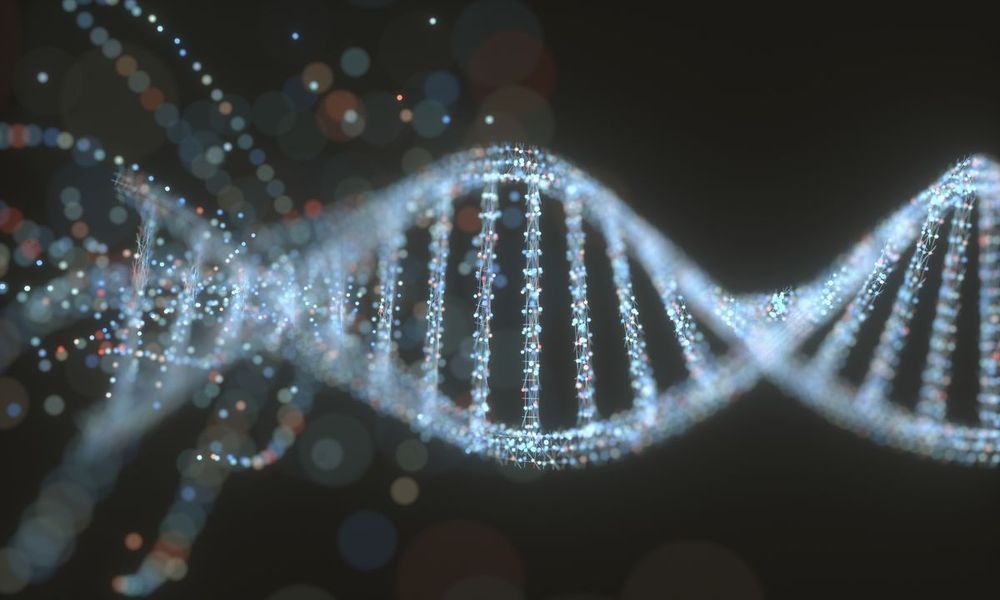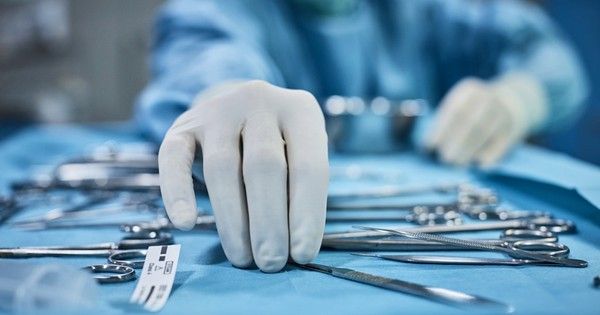Though signs point to bispecifics, like other immunotherapies, eliminating cancer in a small fraction of people, there are hints they could help many more.



Manfred Eigen, who has died aged 91, was a phenomenally versatile German chemist and physicist who founded two major scientific disciplines, first in chemical reaction kinetics and later in the development of a molecular approach to evolutionary biology.
He also co-founded two biotechnology companies – Evotec, now a €3.29 billion concern, and Direvo, which was acquired by Bayer Healthcare for $300 million in 2008.


Scientists report the world’s first fully computer-generated genome of a living organism.
To do so, they used a new method that greatly simplifies the production of large DNA molecules containing many hundreds of genes. They report their work in PNAS.
All the genome sequences of organisms known throughout the world are stored in a database belonging to the National Center for Biotechnology Information in the United States. Now, the database has an additional entry: Caulobacter ethensis-2.0.

This article opened with some fearful figures about cancer and its effect on people worldwide. But there’s reason to hope.
While the total number of new cancer cases and deaths continues to increase, the rates of cancer diagnoses and deaths decline each year — as absolute figures don’t account for rises in life expectancy, population growth, or aging populations. We’ve made great strides in understanding the disease and its various genetic and environmental origins. And events like Breast Cancer Awareness Month continue to educate the populace about the preventative measures available to them.
Thanks to scientists like those at the University of Basel in Switzerland, we may have more reasons to be hopeful very soon.

A revolutionary 60-minute therapy for high blood pressure could allow patients to throw their tablets away for good.
The unlikely remedy involves blasting nerves in the kidneys with sound waves to stop them sending signals to the brain that drive up blood pressure.
It could slash the risk of heart attacks and strokes, two of Britain’s biggest killers.

More drugmakers are betting gene therapies will have a big impact on patients and profits, with Pfizer Inc. last month agreeing to collaborate with Paris-based Vivet Therapeutics on a treatment for a rare liver disorder. The U.S. Food and Drug Administration forecasts as many as 20 cell- and gene-therapy approvals each year by 2025. Doubts remain about whether the treatments will sustain their dramatic results, making it difficult to determine their value.
Dozens of revolutionary gene therapies that mend faulty strands of DNA are on their way, bringing the power to eliminate lethal childhood diseases, rare blood disorders and other severe illnesses.
Beneath the excitement about these potential cures lies an important catch: no one knows how much to charge for them.
The new therapies aim to fix the root causes of disease with a single dose, and if they can replace a lifetime of conventional costly drugs, they may slash overall spending, even at multimillion-dollar prices. Yet the prospect of high costs is already stirring pushback.

Usually, this kind of surgery involves cutting and suturing, which is painful and leaves scars. Now, researchers at Occidental College in Los Angeles and the University of California, Irvine, have reshaped tissue with no incisions or scarring, and minimal recovery time.
It could be useful for cosmetic surgery – such as reshaping a nose or ear – but also for problems such as immobile joints and poor eyesight.